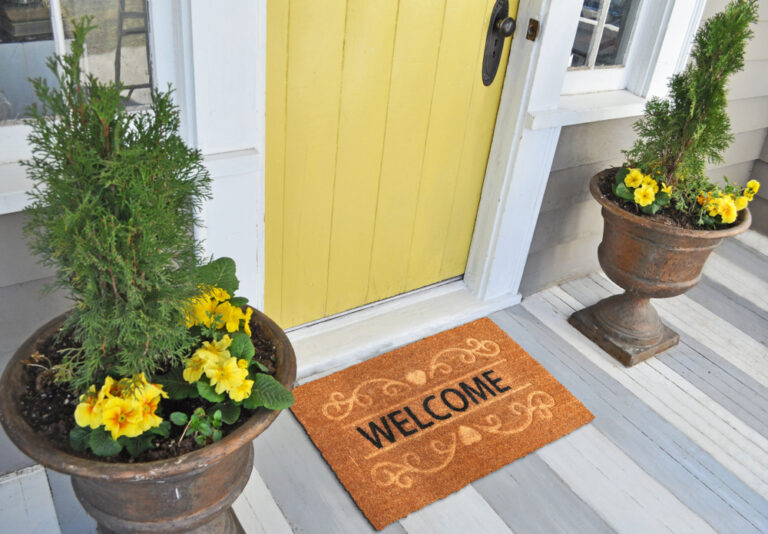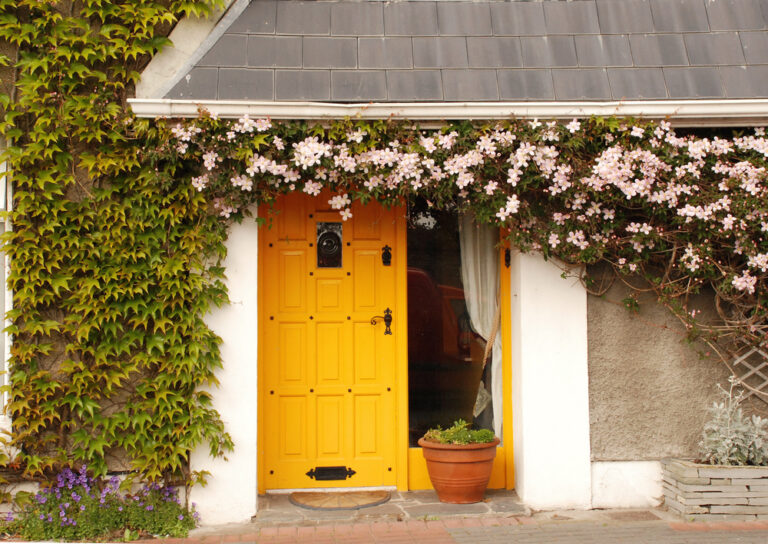Looking back at the 75th Anniversary of the D-Day landing a few months ago, it reminded me of the huge changes that have happened to Reading and more specifically the Reading property market since WW2. Back in 1946, the average wage in Reading was just over £5 a week and to buy an average car would cost you just under £600, yet this is a property blog, so…
The average value of a Reading property in 1946 was £1,698
In fact, in those 75 years, the average Reading house had doubled in price by 1961, then again in 1971, 1975, 1980, 1988, 2000 and 2006. Now a lot of those increases (especially in the 1970’s) were caused by hyperinflation, yet since the start of the 21st Century inflation has been kept low and since the Credit Crunch (2008/9), whilst property values have been rising, they haven’t been at the rates experienced in the latter half of the 20th Century.
Now what a property sells for is irrelevant, its whether someone can afford it.
Increases in Reading property values have produced huge increases in equity for many Reading homeowners and Reading buy to let landlords, yet on the other side of the coin also making housing unaffordable for other people. The best measure of the affordability of housing is the ratio of Reading property values to Reading average earnings (i.e. salary/wages). The ratio works on the basis the higher the ratio, the less affordable properties are.
In 1997, the average value of a Reading property was 3.5 times higher than the average annual wage in Reading, in 2008 it peaked at 7.5, yet three years later it had dropped to 6.2 and since then has slowly risen to 8.5 times higher!

It can be seen that even though property in Reading became more affordable after the 2007/8 property crash (i.e. the ratio dropped), in subsequent years, with house values rising but earnings/salaries not keeping up, the ratio started to rise. This has meant there has been a decline in affordability of property in Reading over the last five years – so for those on particularly low incomes or with little capital, it unfortunately means that buying a Reading home will never become an option.
Therefore, the demand for private rented properties in Reading will continue to grow as many young Reading people are deciding to rent instead of buy their own house (knowing when their parents pass away, the equity built up in their parents property will be passed down – and then they can buy in their 50’s and 60’s – just like it happens in Germany).
Yet, that is many decades away and with fewer Reading people wanting or able to save up the 5% deposit required by mortgage lenders, more and more people are looking to rent. Tie this in with the subtle shift in attitudes towards renting since the Millennium and less people jumping the on the bottom rung of the property ladder, this has driven rents and demand up in Reading over the last few years. Yet (and it’s an important proviso) the type, location and demands of Reading tenants has changed over that same time frame meaning you can’t just make money from buy to let as easily as falling off a log like you did in the early 2000’s.
If you are an existing landlord with us (or even another agent in Reading) or someone thinking of becoming a first time Reading landlord looking for advice and opinion and what (or not to buy in Reading), one source of information is the Reading Property Blog – or drop me an email or phone call and let’s start a conversation [email protected] – I don’t bite and I don’t do hard sell … and maybe, just maybe, I could help you get better returns from your property portfolio.




